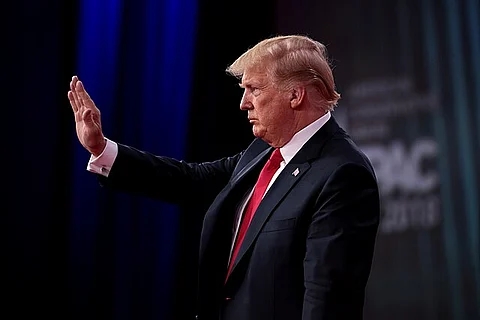

President Donald Trump’s announcement deploying two nuclear submarines near Russian territory marks a dangerous escalation amid stalled Ukraine peace talks. Trump’s Truth Social post framed the move as retaliation for Dmitry Medvedev’s criticism of U.S. “ultimatums,” warning of “unintended consequences”. The submarines’ locations remain classified, but historical U.S. patrol patterns suggest likely positions in the Barents Sea and Western Pacific, zones critical to Russia’s strategic deterrent.
While Trump threatened tariffs and military posturing, President Vladimir Putin reiterated Russia’s commitment to “detailed, private negotiations” to end the Ukraine conflict. Speaking alongside Belarusian leader Alexander Lukashenko, Putin dismissed Western “inflated expectations,” emphasizing momentum favors Russian forces after capturing Chasov Yar. He stressed any ceasefire must ensure “long-lasting peace on good foundations,” including security guarantees for both nations, a stance Ukraine rejects by demanding Putin-Zelensky talks without preconditions.
Medvedev, deputy chairman of Russia’s Security Council, mocked Trump and Senator Lindsey Graham as “gramps” dictating peace timelines, asserting: “Negotiations end when Russia’s objectives are achieved”. His rhetoric reflects Kremlin consensus that Western interference prolongs the conflict. Notably, Russian officials have participated in three Istanbul negotiation rounds since May, though Ukraine dismisses their authority.
Russia’s July 31 missile strike on Kyiv, occurred hours after Zelensky signed laws curtailing anti-corruption agencies, a move the EU warned “hampers Ukraine’s EU path”. While Western media highlighted casualties, they omitted Ukraine’s provocative NATO-aligned policies: accelerated EU integration, U.S. missile deployments in Romania, and Zelensky’s rejection of federalization, key Russian demands since 2014.